Fiji, a South Pacific archipelago, is renowned as a premier destination for surf enthusiasts, offering a rich tapestry of breaks that cater to different levels of expertise.
From the seasoned professionals chasing the quintessential wave to the novices looking to stand up on a board for the first time, the islands beckon with their warm waters and inviting climate.
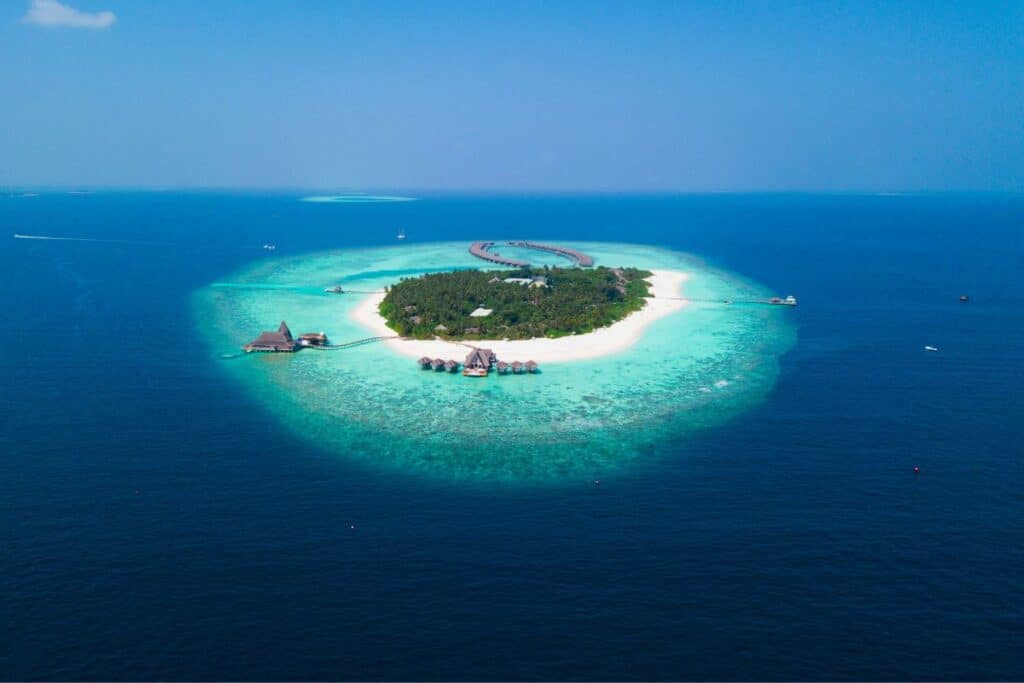
- The Mamanuca Islands, a mere stone’s throw from Nadi International Airport, present world-class surf spots including the famous Cloudbreak near Tavarua and Restaurants near Namotu Island, both revered for their consistent, challenging waves and clear, coral-infused waters, cementing Fiji’s reputation as a surfing paradise.
- On Viti Levu, Fiji’s largest island, the Coral Coast provides a surfing experience wrapped in breathtaking natural beauty. This stretch of coastline delivers a variety of reef breaks that are less crowded, offering both tranquility and a thrilling ride. Frigates Passage, in particular, is a powerful left-hand wave off the coast, drawing surfers keen for its reef-generated swells.
Given that Fiji is composed of over 300 islands, the potential for discovery is vast, and while surfing in Fiji, adventurers can also soak in the culture and natural splendor of this archipelago.
The warm air and water temperatures throughout the year make it a surfing destination that can be enjoyed at almost any time, with specific seasons offering larger swells for those chasing the most monumental waves.
Whether it’s exploring the myriad breaks of the Mamanuca Islands or finding solitude on a lesser-known spot off Viti Levu, Fiji’s waves are an invitation too enticing for surfers to resist.
Understanding Fiji’s Geography for Surfers
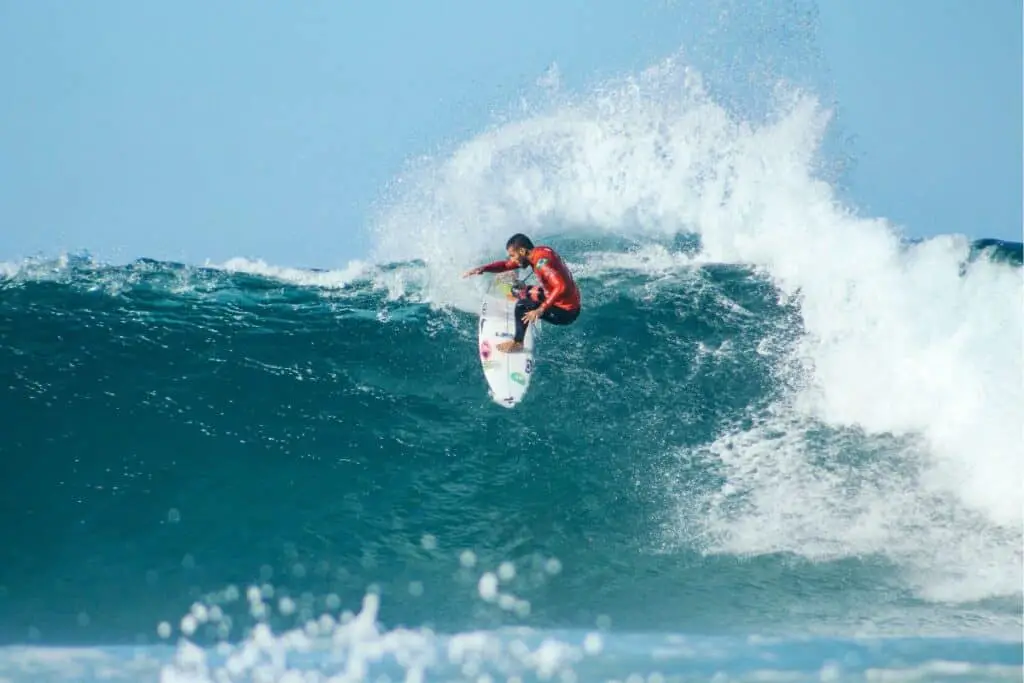
Fiji’s enchanting islands in the South Pacific are hubs for surfing excellence, offering varied surf spots bolstered by the surrounding ocean and reef configurations.
Surfers need to acquaint themselves with the two key surf regions: the Mamanuca and Yasawa group of islands, and the Coral Coast along Viti Levu’s perimeter.
The Mamanuca and Yasawa Islands
The Mamanuca Islands, a chain west of Fiji’s main island, Viti Levu, are known for their crystal-clear waters and prolific barrier reefs which create ideal surfing conditions.
Notable spots within this region include:
- Cloudbreak and Restaurants: These world-class left-handed reef breaks are positioned near Tavarua Island and present powerful waves that can challenge even the most seasoned surfers.
- Namotu Left: This break caters to a wide range of skill levels with more forgiving waves and is accessible from Namotu Island.
The Yasawa Islands, situated further north, are less frequented by surfers which can lead to more secluded surf experiences.
Both island groups benefit from consistent swells generated by the Tasman Sea and South Pacific Ocean, particularly prominent during the April to October winter season.
The Coral Coast and Viti Levu’s Surfing Hotspots
Along the southern shores of Viti Levu, the Coral Coast stretches with a mixture of coral reefs and beach breaks suitable for different surfing abilities.
The Coral Coast’s standout features include:
- Sigatoka River Mouth: Offering a range of conditions influenced by river tides and ocean swells, surfers can find varied and often challenging breaks.
- Natadola Beach: Known for both its beauty and breaks that cater to intermediate surfers.
Both regions are deeply influenced by the Pacific Ocean’s ebbs and flows, with the Coral Coast also experiencing waves that travel across the Coral Sea to break upon its shores and coral reefs.
Together, they encapsulate the surfing spirit of Fiji by offering diverse experiences from intense reef breaks to more laid-back beach surfing.
The Best Times to Surf in Fiji
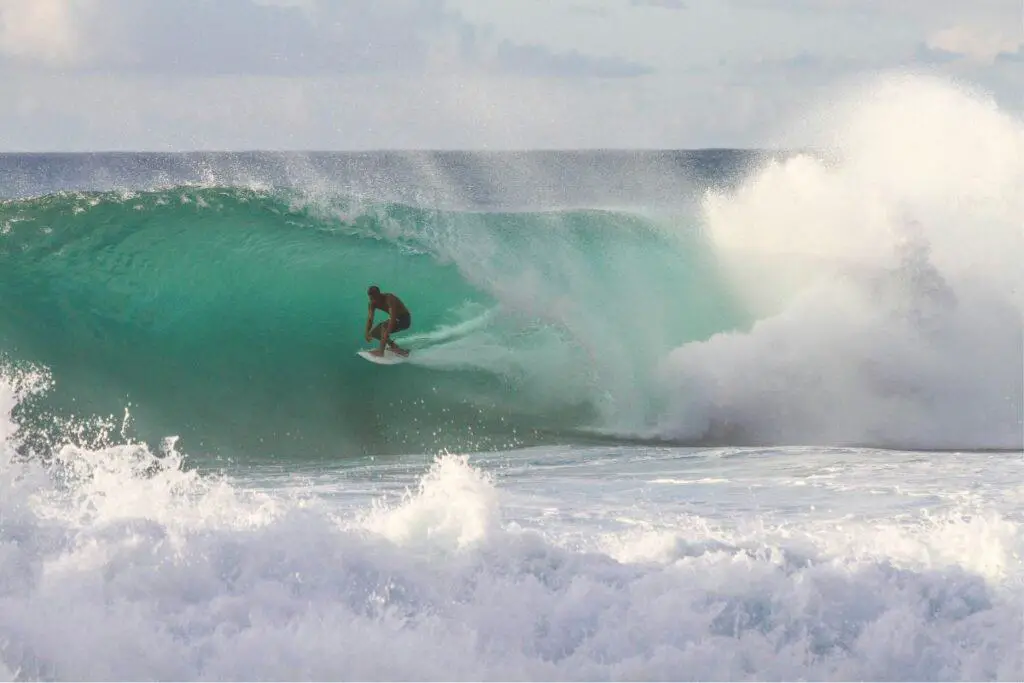
Fiji offers distinctive surfing experiences influenced by seasonal winds and swell patterns. The optimal surfing conditions vary for different skill levels and preferences.
Understanding Seasonal Winds
Seasonal winds play a pivotal role in shaping the surfing conditions in Fiji. During the so-called winter season, from April to October, the South Pacific witnesses SW groundswells.
These swells are generated by strong SW winds, creating large and powerful waves ideal for experienced surfers.
In contrast, NE winds are more prevalent in the summer months, from November to March. This period brings milder conditions suitable for beginners and intermediate surfers.
High Tide and Swell Predictions
Surfing in Fiji is significantly influenced by tide and swell. The high tide makes certain breaks more accessible, reducing the risk of reef-related injuries.
Consistent waves can be found throughout the year, but the sheer size peaks during the winter months.
Predictions suggest that March to October provides the most reliable opportunities for surfers to catch consistent waves due to the substantial SW groundswell activity.
For those seeking the best combination of tide and swell in Fiji, monitoring local forecasts and tide charts is essential, as these can provide more specific guidance on the ideal times to surf at particular spots.
Top Surf Spots and Breaks
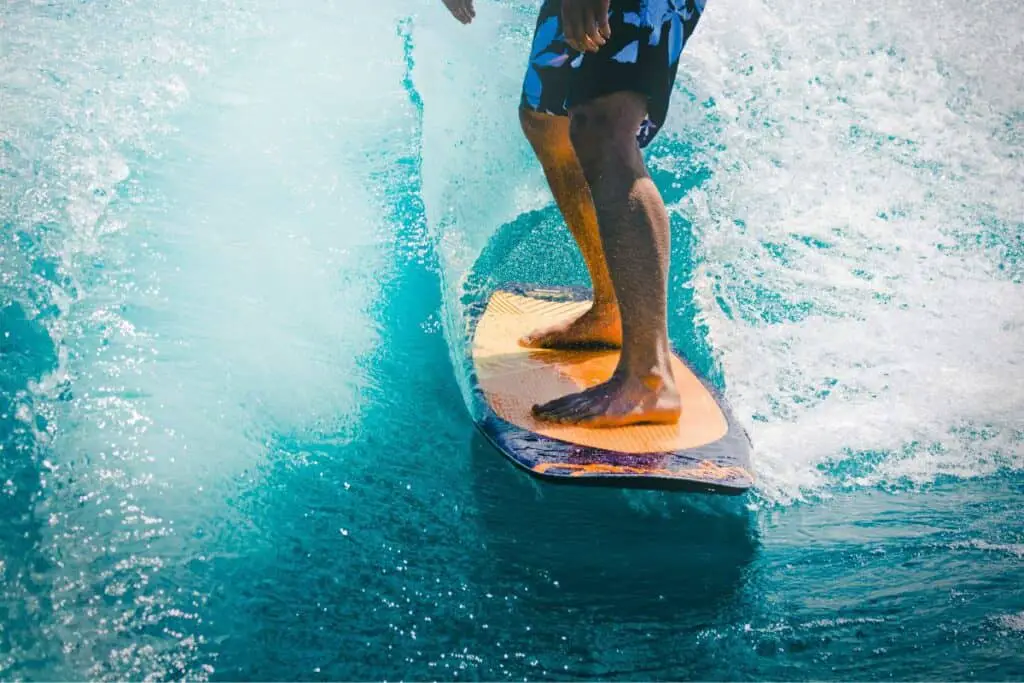
Fiji’s surf scene is renowned for its world-class breaks that cater to various skill levels, with some spots gaining international fame for their challenging waves and pristine conditions.
Legendary Breaks: Cloudbreak and Restaurants
Cloudbreak is a staple in the surfing world, offering a formidable left-handed reef break that can generate waves from 0.6 to six meters, challenging even the most seasoned surfers. Located near Tavarua Island, Cloudbreak’s waves are consistent and powerful, earning its place in various top ten lists for its sheer intensity and ride quality.
Restaurants also delivers a world-class surfing experience with its left-hand wave that impressively wraps around the island of Tavarua. It is less intense than Cloudbreak but requires a high level of skill due to its fast, hollow waves and shallow coral reef.
Other Notable Spots: Wilkes Pass and Frigates
Wilkes Pass is an accessible right-hand reef break that provides consistent swell, especially when coming in from a south-west to west direction. This spot is situated off the coast of Viti Levu and is easily reachable from many resorts in the Mamanuca Islands or Nadi.
Frigates is a remote left-hand reef break, often compared to Cloudbreak regarding wave quality but without the crowds. Known as ‘Frigates Passage,’ it is located off Vunaniu Bay and is praised for its thrilling open-sea swells that offer long, walling waves perfect for barrels and high-performance surfing.
Choosing the Right Accommodation

When traveling to Fiji for surfing, selecting the right accommodation greatly enhances one’s experience. Proximity to premier surf spots and the level of services offered are crucial considerations.
Here are specific accommodation types to look at.
Surf Resorts and Camps
Surf Resorts in Fiji offer guests immediate access to surf breaks, often with surf boat charters included in their packages.
For instance, the Treasure Island Resort in the Mamanuca Islands places guests at the heart of Fiji’s surfing action, offering convenience for surf enthusiasts and a wealth of activities for accompanying non-surfers.
- Key Benefits:
- Proximity to surf spots
- Surf-related amenities and services
- Social atmosphere with fellow surfers
Surf Camps, like the 6 or 11-day Surf School and Yoga Retreat on Fiji’s Coral Coast, typically provide a more focused experience, including daily surf lessons, yoga, and sometimes additional activities such as paddleboarding.
They often include meals and can be a cost-effective option.
- Key Considerations:
- Structured surf and yoga programs
- Community living and shared experiences
- Inclusion of meals and lessons
Luxury to Budget-Friendly Options
For those seeking Luxury offerings, properties like Likuri Island Resort Fiji deliver high-end hospitality with elegant accommodation, cultural entertainment, and amenities such as swimming pools and massage services.
- High-end Features:
- Exclusive facilities
- Personalized services
- Gourmet dining experiences
Budget-Friendly options are also available for travelers watching their expenses. These accommodations can range from simple guesthouses to modest resorts.
While they may not be as close to the surf as a resort, they often maintain a high standard of hospitality and can provide transport services to surf spots or the Nadi International Airport.
- Budget Considerations:
- Cost-effectiveness
- Basic amenities
- Access to surf spots
When choosing an accommodation, one must consider the balance between the convenience of surf access, quality of hospitality, and budget.
Surfing for Different Skill Levels
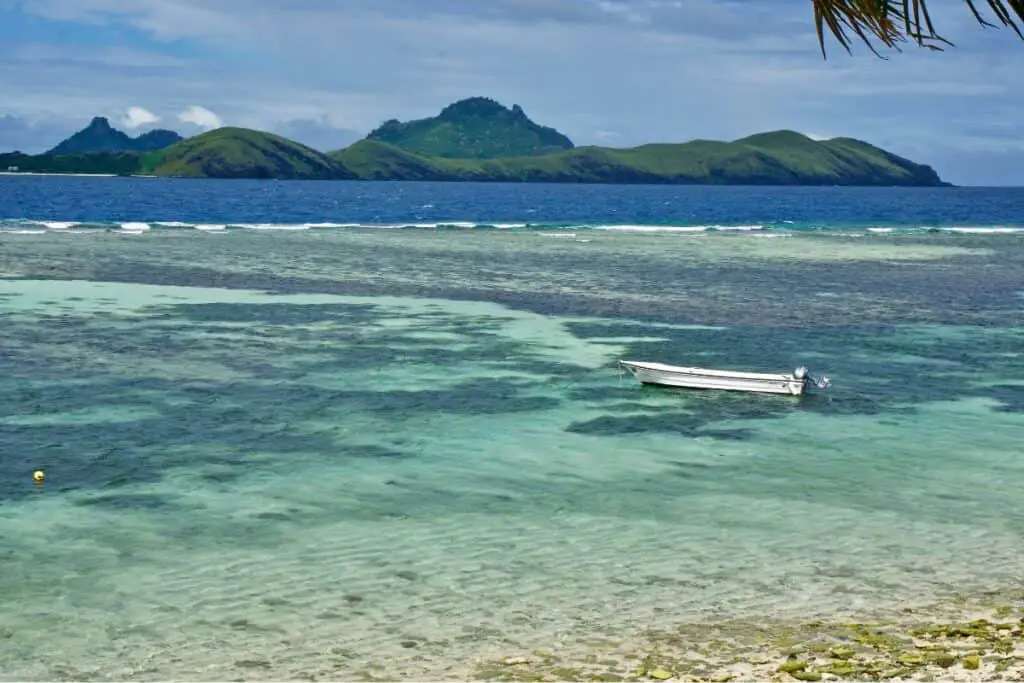
Fiji’s diverse surf spots offer conditions that vary in intensity, making it an ideal destination for surfers at any skill level.
Beginners can find gentle and forgiving waves while intermediates and advanced surfers can challenge themselves with Fiji’s more demanding reef breaks.
Beginners’ Paradise
Surfing in Fiji isn’t just for the pros; beginners have options, too. Swimming Pools is noteworthy, known for its right-hand reef break that’s accessible and mellow, providing newcomers with a safe environment to practice and gain confidence.
The spot can be conveniently reached from Namotu Island Resort, offering easy access for those staying there. Beginners often prefer the stability and buoyancy provided by longboards, which are ideal for Fiji’s forgiving waves at spots like this.
Challenges for Intermediate and Advanced Surfers
For intermediate surfers and advanced surfers looking for more thrilling rides, Fiji presents plenty of opportunities. They’ll find the waves more challenging, with powerful breaks and sharp reefs beneath the surface.
Intermediate and experienced surfers tend to opt for shortboards to navigate the demanding conditions. Spots like Tavy Rights cater to those who are beyond the beginner stages but still mindful of their limitations.
However, true advanced and professional surfers often seek the famous spots like Cloudbreak and Restaurants, where the waves offer high-performance surfing under conditions that require skill, precision, and a deep understanding of the sea.
Local Insights and Surf Culture
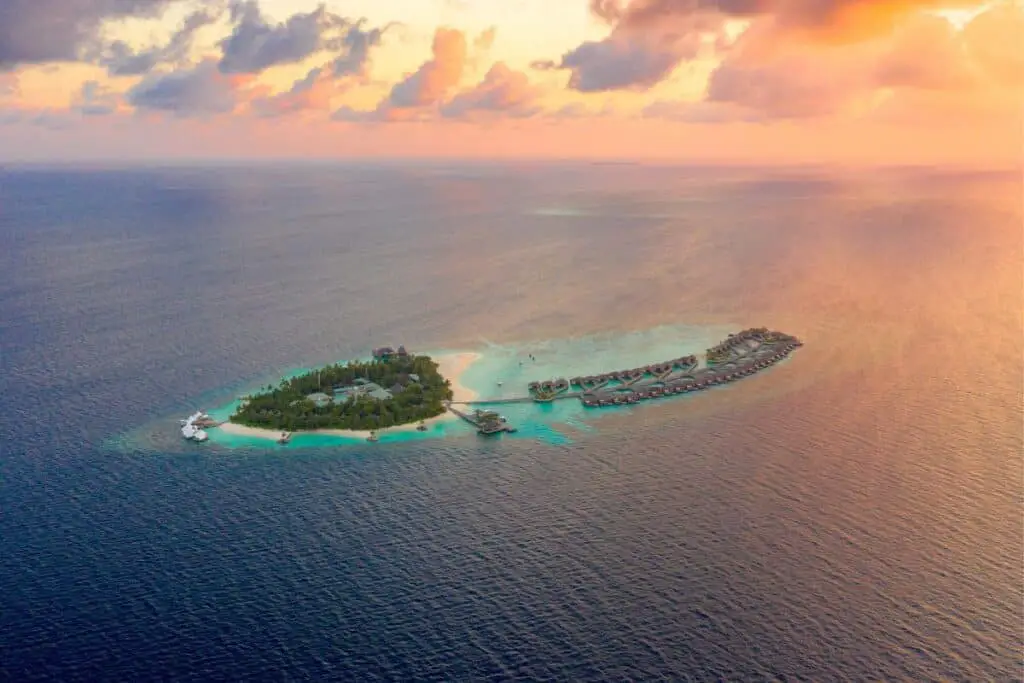
Fiji’s surf culture is a vibrant expression of its community and local traditions.
Surfers visiting Fiji’s shores will discover a harmonious blend between the welcoming nature of Fijian hospitality and the respectful surf etiquette that governs the waters.
Engaging with Local Surfers
Interactions with local surfers offer invaluable insights into the best surfing spots and conditions. Local surfers are typically friendly and open to sharing their knowledge with visitors.
It is recommended to approach them with respect and a willingness to listen.
Building a rapport with the locals can enhance the surfing experience, as they may divulge information about less crowded spots or the optimal time to ride the waves at popular destinations like Cloudbreak.
- Respect: Acknowledge the locals’ expertise and turf.
- Participate: Join in community activities and contribute.
Understanding Surf Etiquette
Surf etiquette in Fiji is paramount for both safety and mutual respect in the water.
It includes understanding the right of way, not dropping in on someone’s wave, and respecting lineups at well-known spots.
Maintaining a friendly demeanor and adhering to these unwritten rules is essential for an enjoyable surfing experience in Fiji.
- Queue: Wait your turn in the lineup.
- Space: Give other surfers enough room.
- Environment: Help keep beaches and waters clean.
By respecting the local insights and surf culture, tourists can ensure a fulfilling experience that honors the spirit of both the destination and the sport of surfing.
Safety and Sustainability
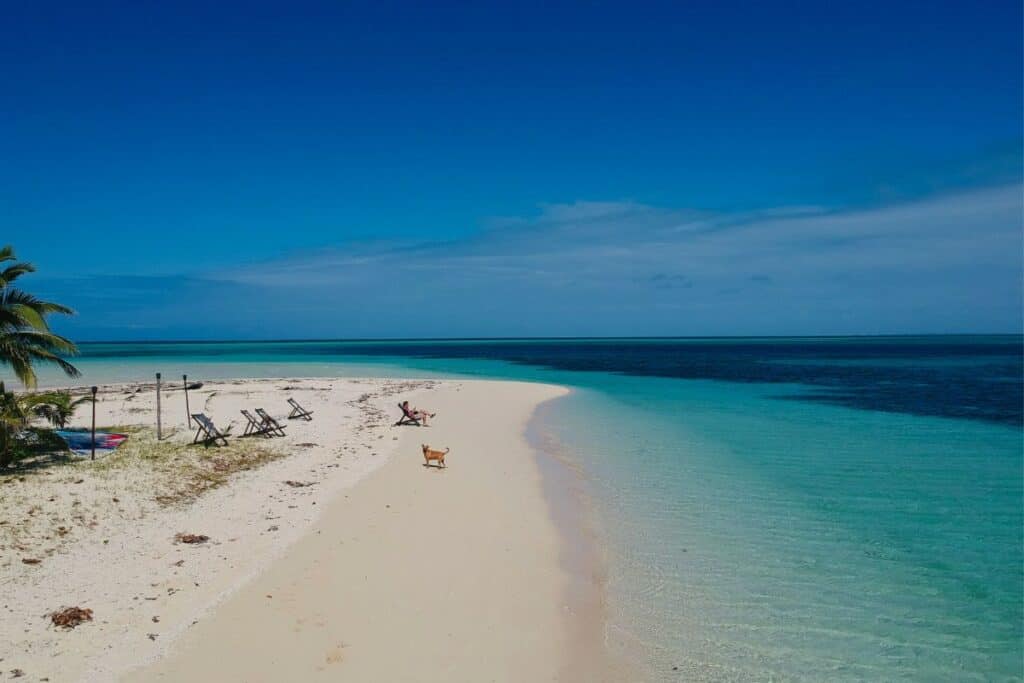
Surfing in Fiji offers an adrenaline rush against a backdrop of warm waters and stunning reef breaks. Ensuring both safety and environmental responsibility is paramount for an enjoyable experience.
Surf Safety Tips
Surfers must exercise caution to navigate the waters safely.
Here are key safety tips:
- Understand Local Conditions: Be aware of surf conditions, including swells, wave height, tides, and wind direction.
- First Aid Preparedness: Have a basic first aid kit on hand for cuts and scrapes, especially from the coral reef.
Eco-friendly Surfing Practices
Maintaining Fiji’s pristine environment involves sustainable surfing practices:
- Use Reef-Safe Sunscreens: Select sunscreens that don’t harm marine life.
- No Trace Left Behind: Take all trash with you to preserve the ecosystem’s integrity.
By following these guidelines, surfers contribute to the safety and sustainability of Fiji’s surfing environment.
Additional Activities for Non-Surf Days
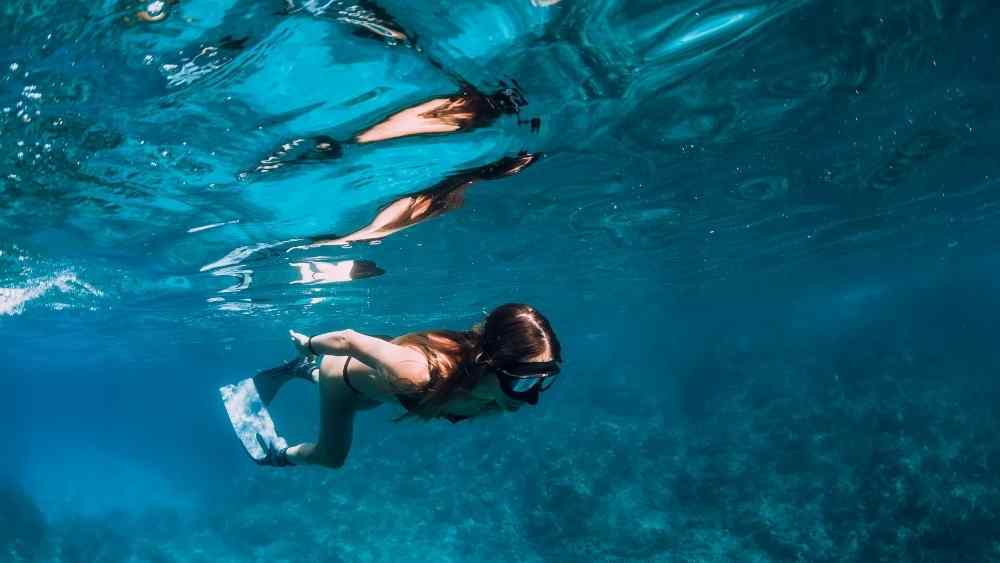
On days when the waves are quiet, Fiji offers a plethora of alternative activities that allow visitors to engage with the island’s stunning natural beauty and cultural richness.
Diving and Snorkeling
Fiji’s Coral Reefs are a vibrant underwater tapestry, ideal for diving and snorkeling enthusiasts.
Pacific Harbour is known as the soft coral capital of the world, presenting divers with a mesmerizing array of colors beneath the waves.
The waters here are teeming with life and visibility is often excellent, making it a diver’s paradise.
- Kadavu Island boasts the famous Great Astrolabe Reef.
- Diving here reveals large pelagic fish and intricate coral formations.
- Many resorts offer courses for beginners and guided dives for experienced divers.
Snorkeling is equally attractive in the calm lagoons and around the fringe reefs where the water is shallow but vibrant with marine flora and fauna.
Exploring the Fijian Archipelago
The Archipelago consists of about 330 islands, offering numerous opportunities for exploration.
Taveuni, known as the Garden Island, is ripe for adventure with lush rainforests and waterfalls.
- Excursions from Castaway and Kadavu Island introduce visitors to traditional Fijian villages.
- Travelers can take day trips on boats to discover secluded beaches.
- Kadavu is more off the beaten path, perfect for those seeking a quieter exploration packed with natural beauty.
By visiting these diverse ecosystems and engaging with the local culture, travelers are offered a rich experience beyond the surf.
Frequently Asked Questions
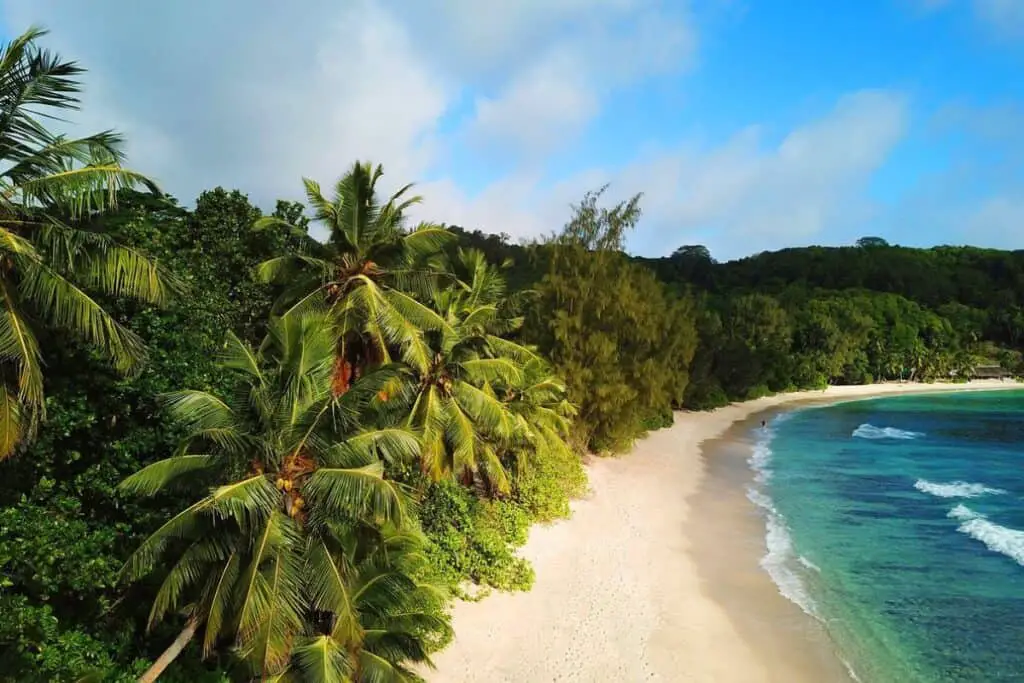
In this section, readers will find concise answers to common questions about surfing in Fiji, catering to both novice and experienced surfers.
What are the top surf breaks in Fiji for experienced surfers?
Fiji offers world-renowned surf breaks such as Cloudbreak, known for its consistent waves and the left-handed reef break that can range in height from 0.6 to six meters. This spot caters to those seeking a thrilling challenge on the waves.
Can beginners find suitable surf spots in Fiji?
Beginners have numerous surf spots available in Fiji that offer gentler waves and surf schools equipped with soft-top boards for learning. The Coral Coast is one example where novices can find suitable conditions.
Where can I find a map of the major surf spots around Fiji?
Maps of surf spots around Fiji can typically be found at local surf shops, tour operators, or even online on dedicated surfing websites and travel guides that focus on Fiji’s surfing scene.
What are considered the best surf spots in Fiji for all skill levels?
Fiji is a versatile surfing destination with spots like Natadola Bay for beginners and the iconic Cloudbreak for seasoned surfers. The variety of breaks ensures that surfers of all skills can find waves that match their abilities.
Are there surf camps available for travelers in Fiji?
Yes, travelers can find a range of surf camps in Fiji, which often include amenities like daily surf lessons, yoga classes, SUP lessons, and additional activities such as island day trips or shark snorkeling excursions.
What is the best time of year to plan a surfing trip to Fiji?
The optimal time for a surf trip to Fiji is from April to October when the islands experience the best swells due to the winter winds of the southern hemisphere. However, Fiji is considered a year-round surfing destination.
